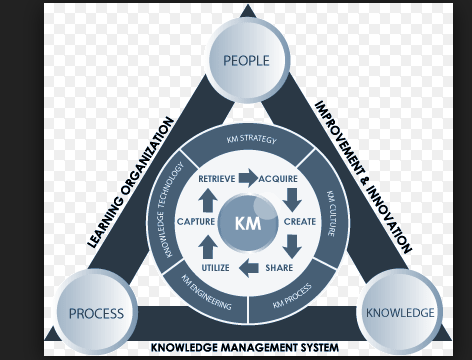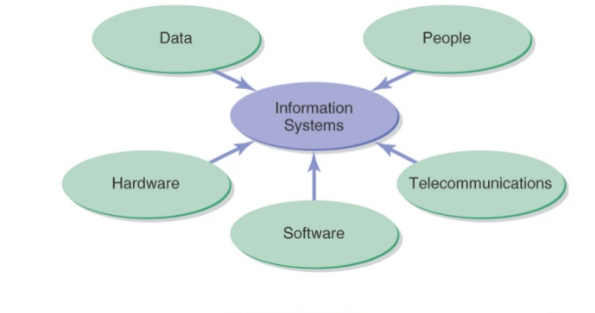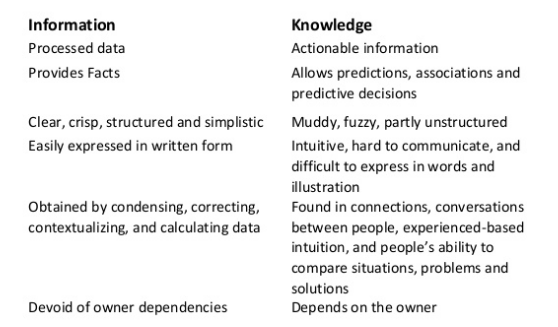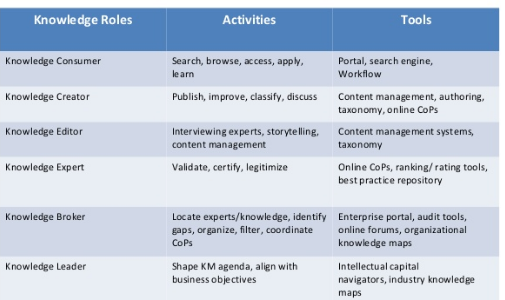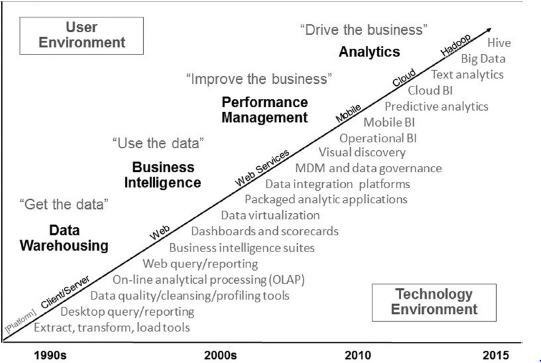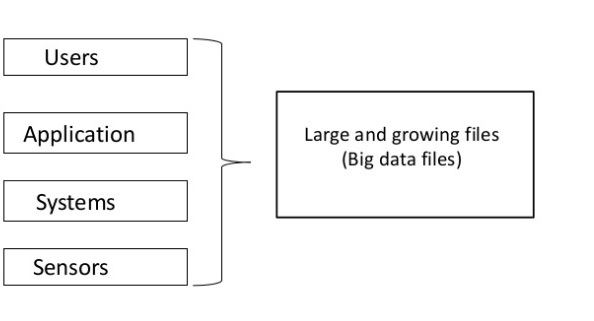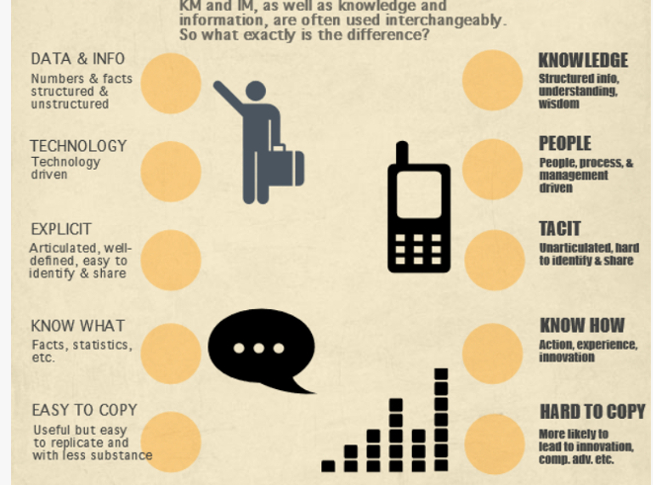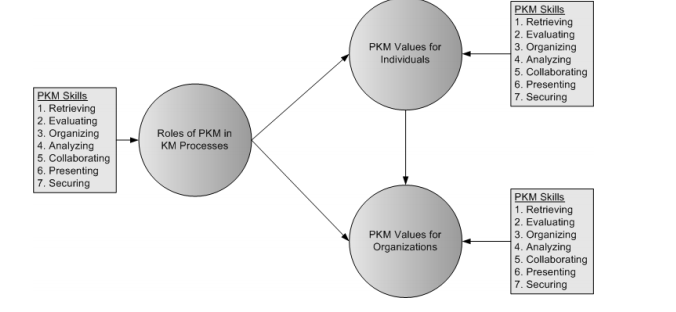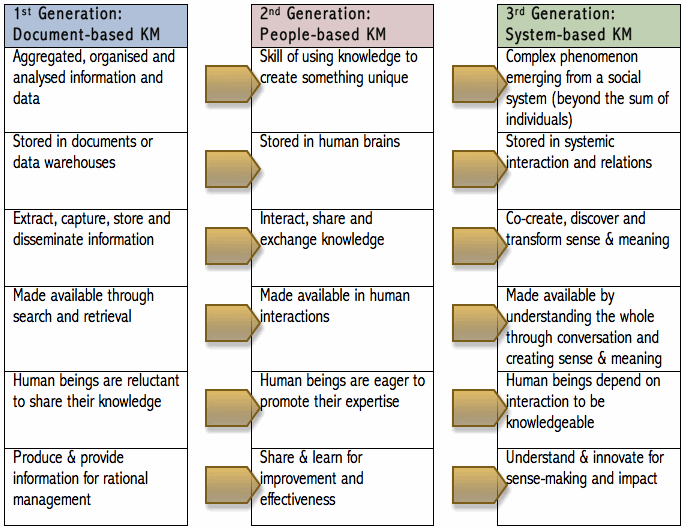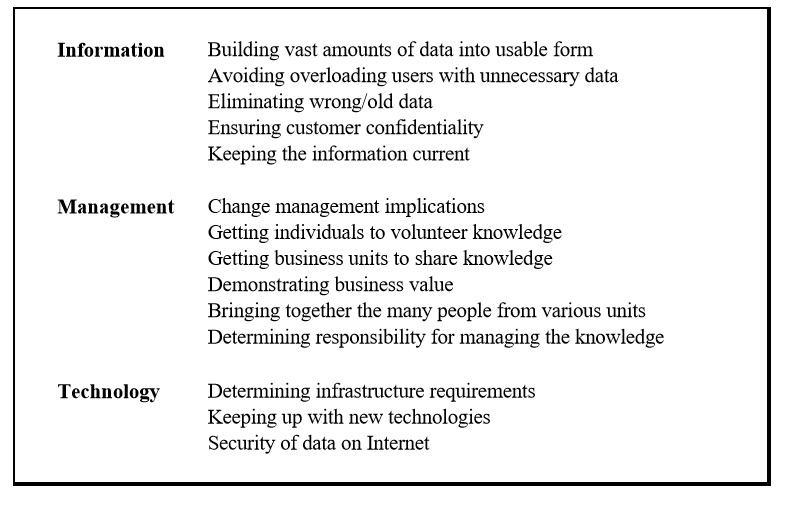week 2:
Assignment 1:
- Who prepares test plan document ?
test lead or manager.
2. process to create test plan document ?
- Write the introduction. …
- Define your objectives. …
- Write a section on required resources. …
- Write a section on risks and dependencies. …
- Write a section on what you are going to test. …
- Write a section on what you will not be testing. …
- List your strategy. …
- Develop pass/fail criteria.
3. difference between test plan and test strategy ?
Test strategy is a high level document which defines the approach for software testing. It is basically derived from the Business Requirement document. Test strategy is developed by project manager or business analyst.
Test plan is derived from SRS (Software Requirement Specification) which is prepared by test lead or manager. The main goal of test plan is to include all the details related to testing such as what to test, when to test, how to test and who will be the tester.
4. Defect rejection and leakage ratio ?
Defect rejection ratio is the ratio of total rejection to total production and defect leakage is the ratio of total possibility of rejection occurrence to the total production.
5. Entry, exit and suspension criteria ?
Entry and exit criteria are the conditions which when satisfies; the test team starts (enters) the testing process and stops (exits) it. Suspension criteria is a condition in which the testing team temporarily suspends the testing process.
6. When do you start and stop testing ?
You start testing once you are clear with the requirements and the documents are ready.
you stop testing when there is Reduce in defects, Increase in Testing cost, Delivery dates.
7. Purpose of having a test plan document ?
We create a test plan because we want a document that describes the objectives, scope, approach and focus of the software testing effort.
8. how do you perform test estimation ?
It depends on how big the software is and based on resource, time, human skill and cost.
9. difference between beta and pilot testing ?
Pilot testing involves having a group of end users try the system prior to its full deployment in order to give feedback on its performance. Beta testing is testing of the product in the user environment.
10. risks to be avoid in testing ?
- Tight timelines
- Undefined project scope
- Insufficient resources
- Continuously changing requirements
- Natural disasters
11. counter measure taken by managers to avoid risk ?
- Identify the Risks
- Analyze Impact of each Identified Risk
- Take counter measures for the identified & Analyzed risk

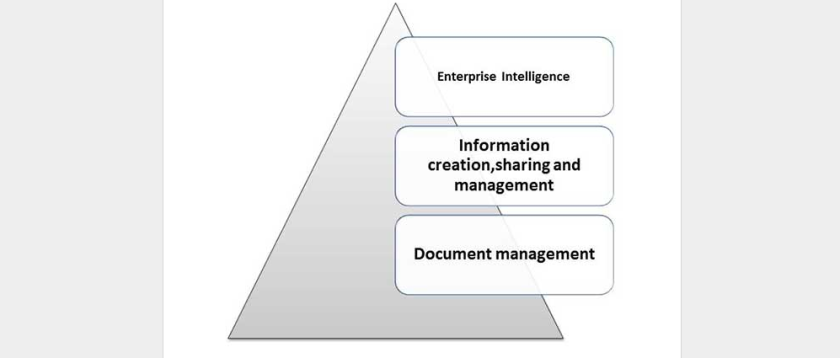 Knowledge management system is a system which focus mainly on issues in organisation. KMS improves efficiency and adoption of knowledge among employees who are working in an organisation. This system creates a systematic process of capturing information which helps the organisation.
Knowledge management system is a system which focus mainly on issues in organisation. KMS improves efficiency and adoption of knowledge among employees who are working in an organisation. This system creates a systematic process of capturing information which helps the organisation.